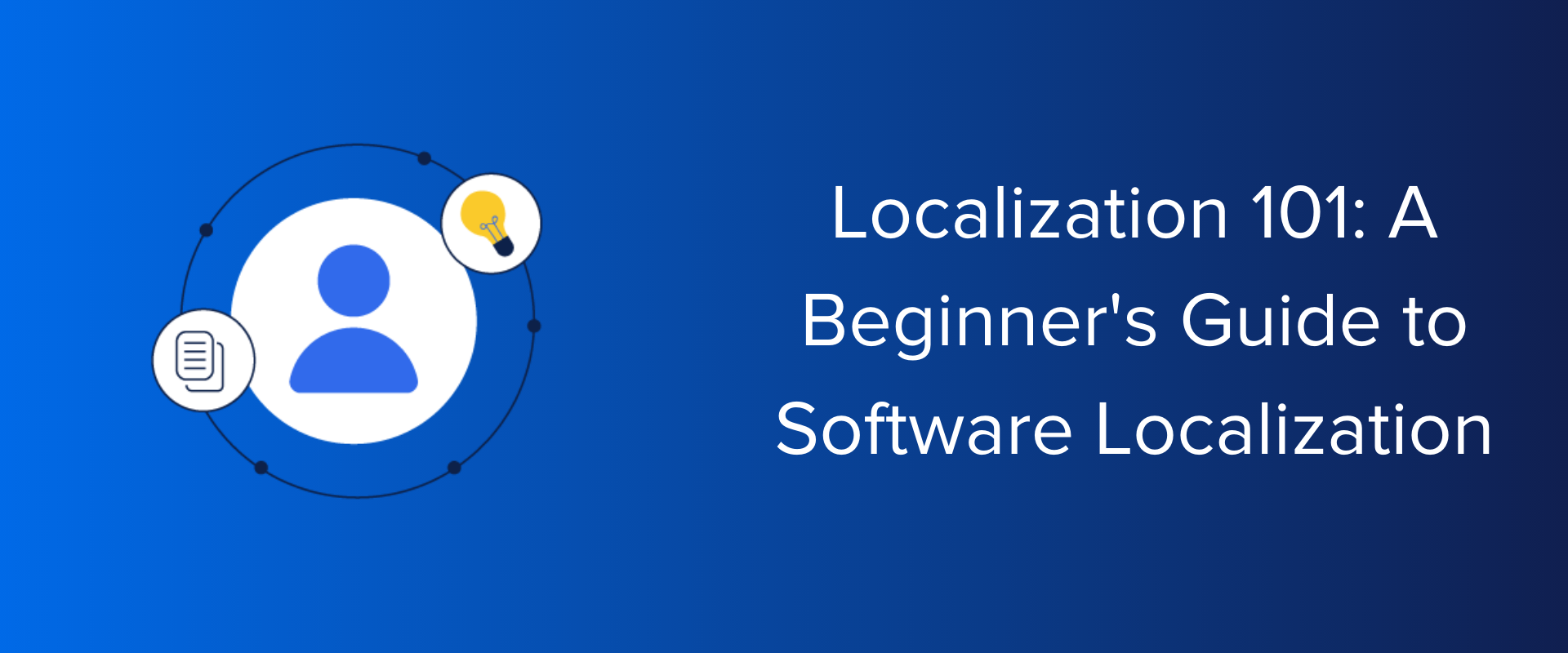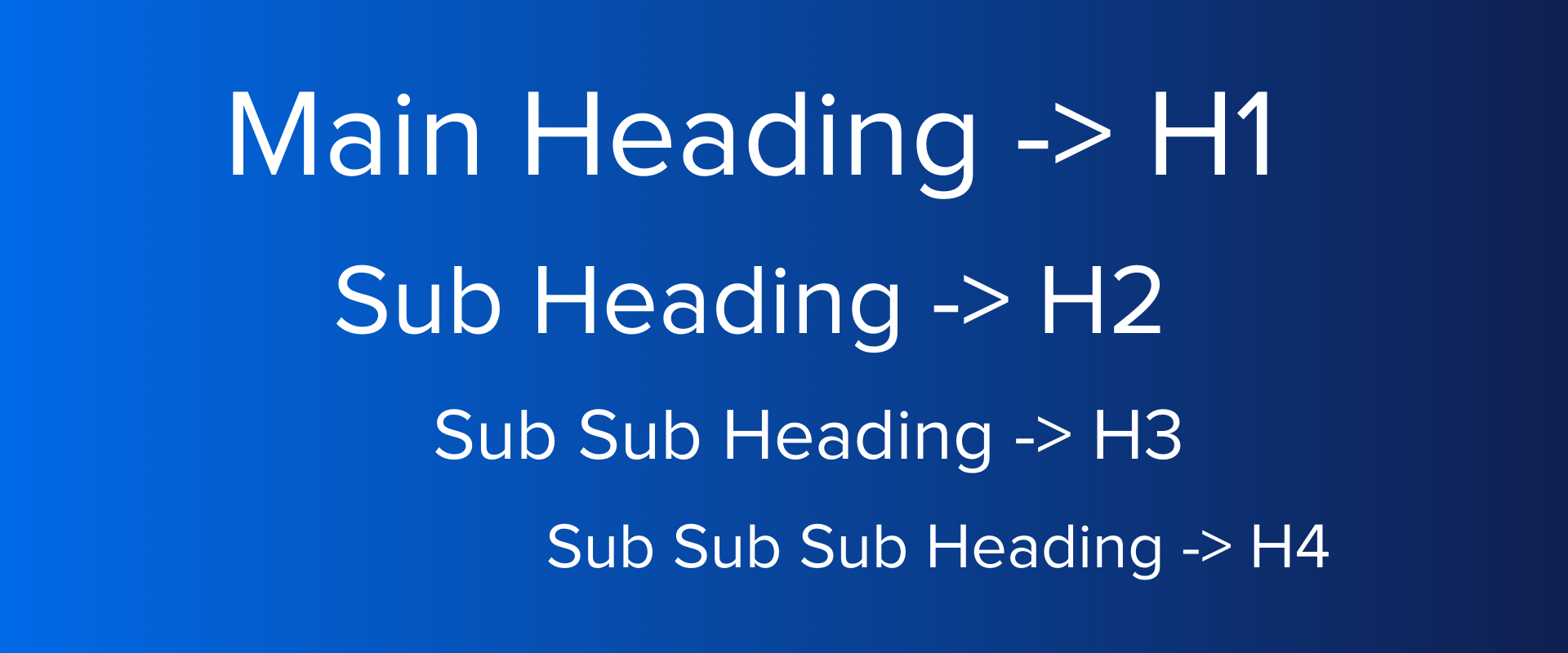
4 Types of Content You Need to Maintain Your Search Traffic
After all the time you’ve spent cultivating your online following, the last thing you’d want is to see your traffic dwindle. But that’s just how the game goes — you either play by the rules, or you’re out. And when it comes to search traffic, there are quite a few guidelines you have to follow.
In today’s article, we’re peeling back the curtain to help you maintain those hard-earned search scores you’ve worked for. You’ll learn the four types of content and the four best writing practices you need to maintain your search traffic. Ready to learn more? Let’s begin.
1. Listicles
Listicles are articles composed of lists and are written based on specific topics. Each list item is described in detail and contributes to the overall goal of the article.
This article, for example, is a listicle.
Search engines like listicles because they break down a searcher’s question in a practical way. This is especially true for searchers who are interested in learning about options or comparing options.
Here are some other reasons search engines like listicles:
- Listicles are easy to skim and digest
- Listicle titles are descriptive and tell searchers what they’ll learn
- Listicles are written with search intent in mind
- Listicles are optimally structured
And they can be short and sweet or longer and more in-depth. They’re also helpful if you’re looking to break down a complex topic into an easily digestible format.
If you ever come across a title like the one in the list below, you can bet it’s a listicle:
- The 7 best shoes you need for hiking
- Top 10 vacation spots in the South of France
- 6 pitfalls to watch for when starting your own design business
2. How-tos
How-to articles help searchers learn how to do something. They focus on instructional content that helps readers learn how to accomplish something step-by-step.
Search engines rank good how-to articles high because they know readers will walk away with valuable insights and answers to their questions.
If the searcher asks, “how can I change my car’s oil?” a how-to article will show them how in a few simple steps. If the searcher wants to know how to lose weight by summer, a how-to article will break down the entire process for them.
Searchers don’t have to piece together information to understand how to do something. Instead, a how-to article carries them through each necessary task.
Searchers can learn anything from coding lessons to fashion how-tos to building marketing campaigns to virtually anything they want.
Here are some mock examples of how-to articles:
- How to build a website in 3 days
- How to make an app in 10 easy steps
- From broke to flourishing: How to become a money-making powerhouse
- How to become a travel nurse in 5 easy steps
3. Ultimate Guides
Ultimate guides are in-depth articles that dig deep into particular topics. They leave no stone unturned, aim to answer pertinent questions, and solve searchers’ pain points.
Search engines like ultimate guides because they help searchers learn about a topic extensively.
An ultimate guide can be tricky — especially when you include the term “ultimate guide” in the article’s title.
Why?
Because publishing an ultimate guide implies that your content is the best. It’s the be-all, end-all.
That means it has to be full of value and never lead a reader to say:
- “How did they do that?”
- “What do they mean?”
- “I’m confused.”
- “I don’t know how to wrap my head around this info.”
- “This is too long; there’s no way I can follow this.”
- “This seems to be missing information.”
Additionally, ultimate guides should provide better and more valuable information than all top-ranking articles for your focus keyword.
So if your article is titled “The Ultimate Guide to Getting Things Done,” it needs to include the same productivity tips that other top-ranking articles have, such as using a time-tracking app and working at peak energy hours.
It also needs to cover any information the other articles missed, such as how to be more productive when you’re a parent. Or how to create a healthy work-life balance and still get things done. The missing gaps you fill will depend on your audience and your goals.
The best ultimate guides:
- Have a specific purpose beyond hitting a high content score
- Are optimized for search
- Answer virtually every question a reader could have on any given subject
- Cover the same information competitive articles do and fill in the gaps they don’t
- Include data to back up points, such as case studies, stats, or industry examples
- Are written by experts
- Are actionable and practical
4. FAQ Articles
FAQ articles have one simple goal: to answer audience questions better than any other article.
These articles can serve your brand’s specific audience or help everyday searchers.
For instance, if your customers always ask your customer service team how your automation options work, then you might decide to write an FAQ article about them.
While searchers on the web may find your article and gain value from it, your primary goal with an article like this one is to serve your customer base.
However, if you base an article on a common question in the SERPs — like “what’s eCommerce?” — your primary goal would be to serve everyday searchers.
Some examples of FAQ article headlines might include:
- What’s a digital brand strategy?
- What is a slug?
- Do I need an email marketing strategy?
- How can I market my no-code templates?
- What’s a normal heart rate?
- What is a preposition?
- How can I lose weight fast?
- How can I make money online?
4 Best Writing Practices to Maintain Your Search Traffic
You can focus on the right types of content, but if your writing isn’t top-notch and search-engine friendly, then there may not be a point.
Here are four crucial writing tips to keep in mind to maintain your search traffic.
1. Keep it Searchable
Before planning your articles, dedicate some time to conducting user-intent research.
In your research, be sure to notate:
- What questions searchers are asking
- What common topics searchers have questions about
- Focus keywords you’d like to build your articles around
- Semantic keywords you’d like to integrate throughout your articles naturally
- Your top competitors’ content scores (so you can beat them by a landslide)
Use the info you notated above to create outlines and flesh out your articles.
Be sure to maintain a solid H1, H2, H3 structure in your outlines. Your titles should be an H1, your main subheadings should be H2s, and the subcategories under your subheadings should be H3s.
Here are some other SEO details to include in your articles:
- Include relevant internal links throughout each article without affecting readability. There’s no need to link to an article every sentence.
- Include alt texts, meta titles, and meta descriptions.
- Commit to producing value-driven content, ask yourself: what key takeaway can my audience walk away with that will add tremendous value to their lives?
To provide tangible solutions to searchers beyond just great content, be sure to implement some copywriting best practices. For instance, say you’re writing an article called “The top 10 best SaaS companies in 2022,” and you’ve listed your product as number one.
In this case, you can use copywriting techniques throughout your article — and in your call to action — to entice searchers to buy your product or service.
2. Optimize for Readability
Gone are the days of sounding smart and trying to impress readers. These days, online readers expect easy-to-understand and easy-to-skim content, which also helps with SEO and increasing your search/direct traffic.
Here are some quick tips to keep in mind when optimizing your articles for readability:
- Don’t use fancy jargon or big words — but do enhance your vocabulary
- Keep the reader on the page with short, punchy sentences
- Break up long chunks of text with bullet lists, infographics, and valuable images
- Aim for a 6th–8th grade reading level
- Use active voice unless you have a reason to use passive voice
- Manage your post’s length by keeping the “three triplets” in mind: aim for up to three paragraphs for intros and outros, three lines per paragraph, and 300 words per heading
3. Include Images That are Valuable, not Decorative
When it comes to images, only valuable ones will do.
Commit to using images that build on a particular point you’re making rather than merely adding decoration. That means skip the stock images and pretty graphics and swap them for screenshots, custom images, and infographics — at the very least in the body of the article.
For instance, if you’re writing an article called “How can I plan my firm’s upcoming construction project?” then your images might include:
- A graph that breaks down each project management methodology
- A few screenshots that showcase helpful project management construction templates
- An infographic breaking down how to create a project timeline
- A custom image summarizing the points you made in a content-heavy section
4. Use the Right Tools
Using the right tools is crucial to making your content marketing efforts as efficient as possible and maintaining or increasing your search traffic.
Why?
The right tools can help you market content faster, optimize your content with ease, share your content with relevant team members, and publish your content when it’s ready.
Here are some of the best tools you can use to streamline your content marketing efforts:
- Create and edit documents in real-time with Google Docs — never worry about hitting “save now” a million times ever again
- Use Writer.com or Grammarly to spot grammar, spelling, punctuation, copywriting, and readability mistakes
- Use the Hemingway App to make sure your articles are at a 6th-8th grade reading level
- Optimize your articles for search using MarketMuse or Frase
- Use Thesaurus.com to avoid repeating the same word in any given sentence
- Use Dictionary.com to double-check the meaning of any given word
- Distribute your content to social media using Buffer
- Distribute your content to your newsletter subscribers using ConvertKit
- Organize your content marketing to-dos in Trello and ClickUp
- Publish your content on your WordPress blog in seconds using Wordable
Wrap Up
After spending time scaling your blog content, the last thing you need is to see your search traffic dwindle.
In today’s article, we shared how to maintain your hard-earned SEO scores using four types of content and four best practices for writing content.
Are you looking forward to trying out any of these tips? We wish you the best of luck on your SEO journey.
This post was written by Brad Smith from Codeless.
Related posts
3 Steps to Successfully Maintain Your Global Websites
Importance of Multilingual Content & How to Use it to Boost CX

AI Localization: Everything You Need to Know












